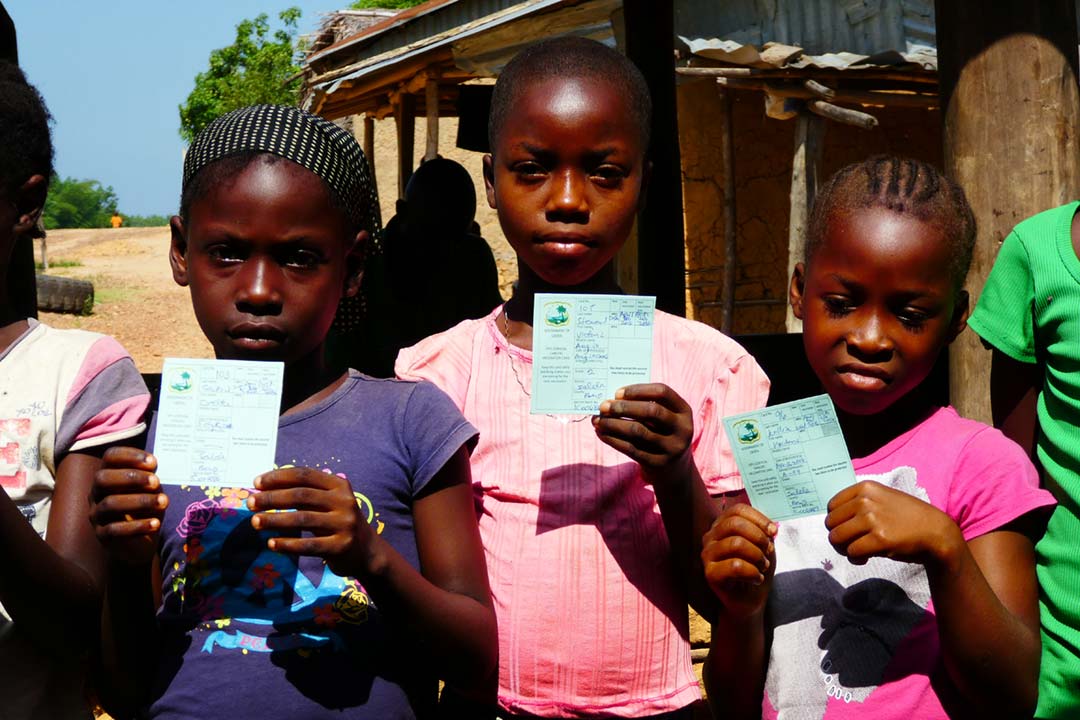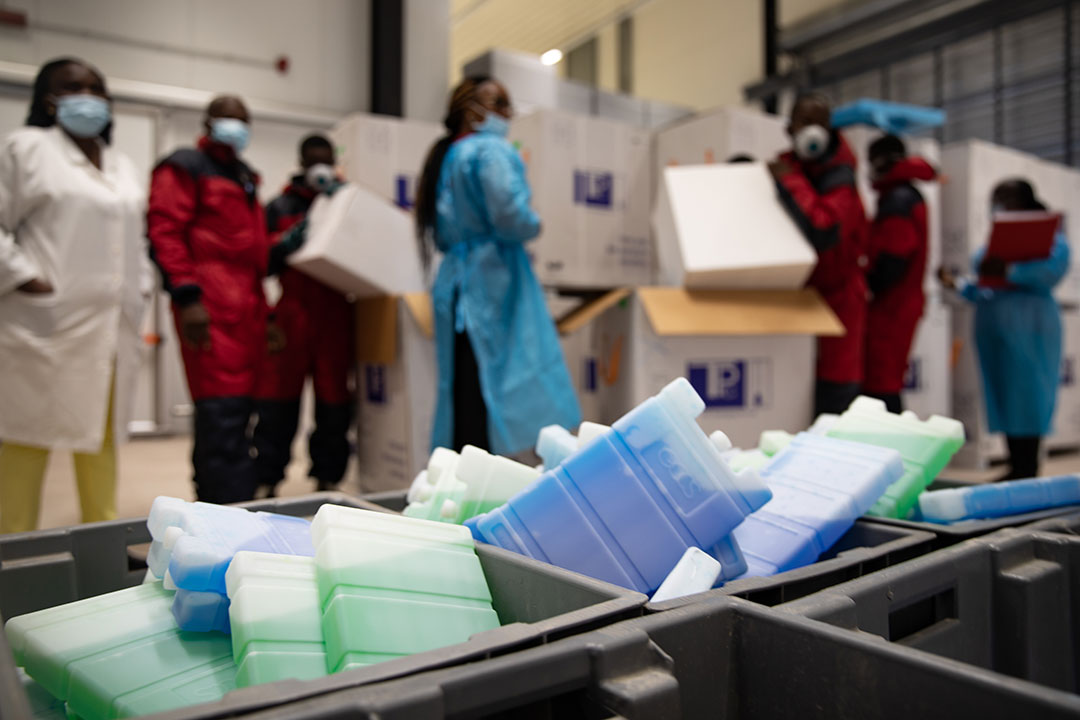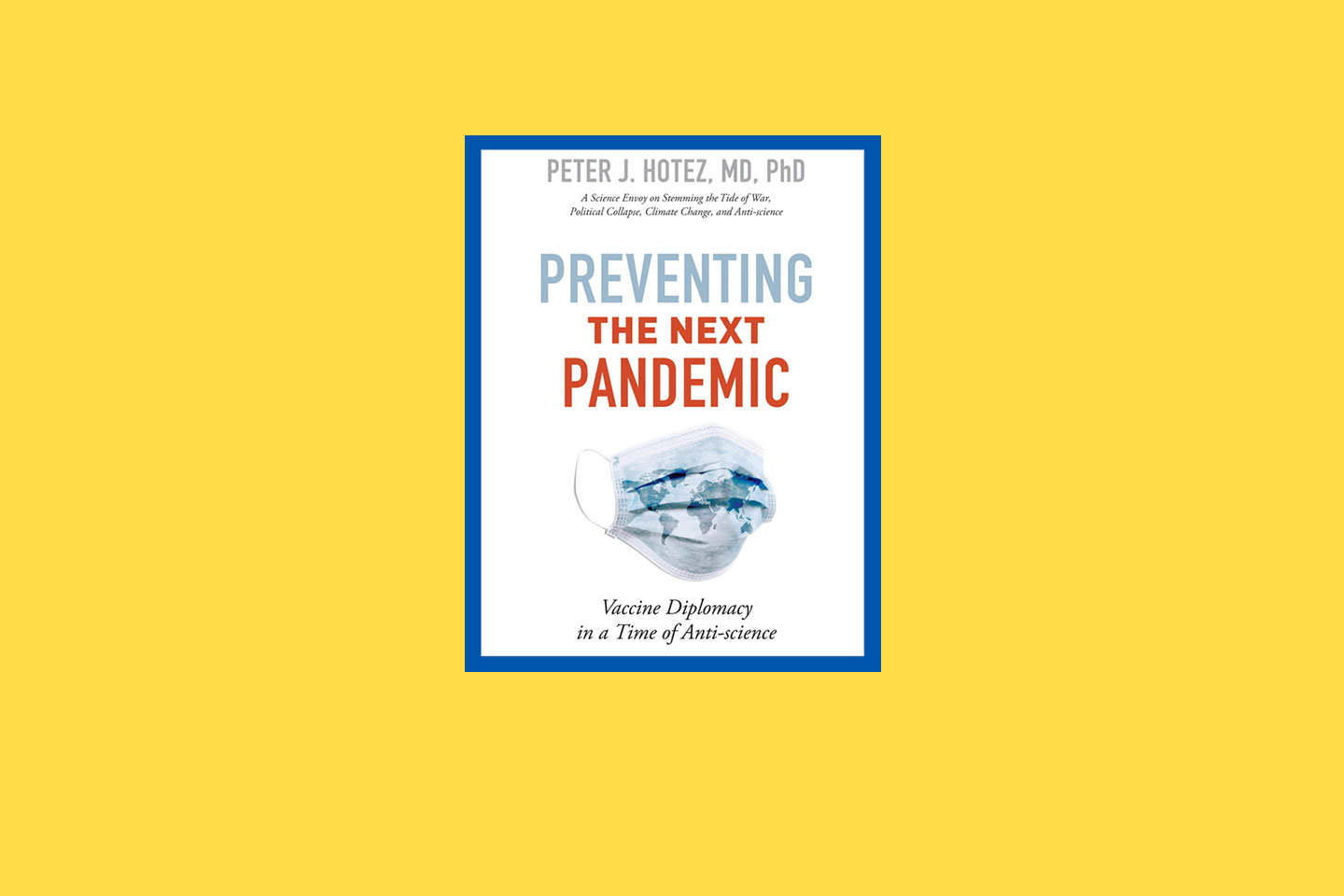Q&A with Dr Odete
Timor-Leste’s Director-General of Health Services for the Ministry of Health discusses the unique challenges of tackling COVID-19 in Timor-Leste and how have they been addressed.
- 21 October 2020
- 6 min read
- by Elinore Court
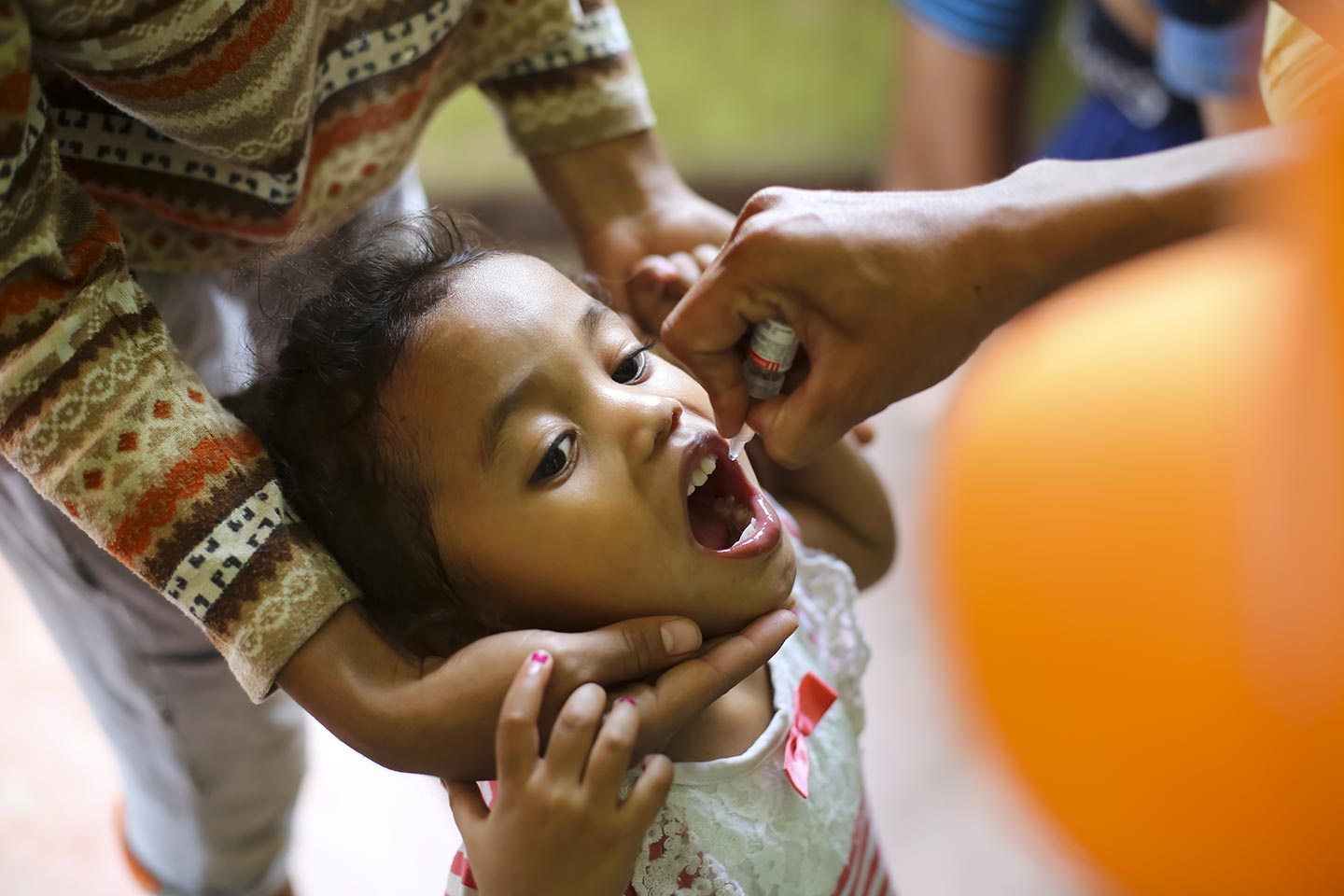
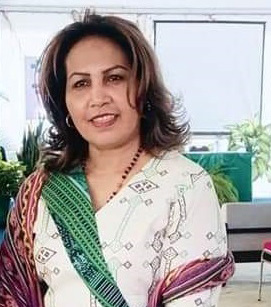 |
Dr Odete da Silva Viegas Timor-Leste’s Director-General of Health Services for the Ministry of Health
|
1. What are the unique challenges of tackling COVID-19 in Timor-Leste and how have they been addressed?
There have been challenges in responding to COVID-19 both from a health systems perspective but also due to other inter-sector factors affecting the wider determinants of health.
In terms of the health sector, in the initial stages we did not have in-country testing capacity, no identified isolation or quarantine centres, inadequate human resource capacity (especially in dealing with critical cases), limited surveillance capacity and shortages of test kits, PPE and essential medical supplies. There is no level 3 ICU in Timor-Leste.
Also, Timor-Leste has high rates of poverty, one of the highest rates of malnutrition globally, food insecurity and low levels of access to water and sanitation facilities. All these factors contribute to increased vulnerability to COVID-19.
In addition, Timor-Leste shares a land border with Indonesia. High numbers of cases there coupled with porous border controls add to the vulnerability.
2. What have been the most successful COVID-19 response strategies and how have they been implemented across Timor-Leste?
The government has introduced a series of interventions at speed and scale to prevent further spread and community transmission of coronavirus. Entry into Timor-Leste is very restricted and ‘managed’ – all entrants mandatorily undergo a 14-day quarantine in government identified facilities and re-purposed hotels. Isolation facilities have been identified and rapidly upgraded to care for COVID-19 patients. Health workers, support staff and emergency responders have been rapidly trained in case-management and infection control.
In-country laboratory testing has been introduced, surveillance capacity rapidly expanded and a web-based surveillance system has been established. The health response is being led by the Ministry, supported by partners and is organised along the nine pillars recommended by the World Health Organization.
Health workers, support staff and emergency responders have been rapidly trained in case-management and infection control.
There has been political support and involvement at the highest level to ensure we mount a robust response to this unprecedented crisis. In fact, the Integrated Crisis Management Centre has representation from the highest levels in government and reports directly to the Prime Minister’s Office. Inter-Ministerial coordination ensures that action across the different sectors is coordinated and consistent.
WHO provides valuable technical support, along with other UN agencies; multi-lateral and bi-lateral partners supply testing kits, medicines and equipment.
Following the first confirmed case on 21 March 2020, Timor-Leste has gone from a country that lacked national testing capacity and limited surveillance capacity to one with in-country testing, functional COVID-19 isolation and quarantine facilities, as well as staff trained in infection control and patient management. There has also been a gradual increase in PPE stocks and active surveillance capabilities, all within a matter of 5-6 weeks.
Have you read?
3. How have Gavi and Alliance partners supported those efforts and how has this role evolved over the past few months?
Gavi and Alliance partners have played – and continue to play – an important role in responding to this crisis. This includes both COVID-19 and non-COVID-19 preparedness.
For COVID-19, Gavi and Alliance partners have provided financial support (US$ 125,000) for surveillance activities. This is a crucial element and constitutes one of the nine pillars in the national response.
In terms of non-COVID, Gavi and Alliance partners contribute in maintaining essential health services, especially in the area of childhood immunisation. In fact, following an initial dip in coverage rates (in April 2020) following the first confirmed case on 21 March, the pick-up in coverage rates in the next two months (May and June 2020) have been one of the success stories in Timor-Leste. For most vaccines, coverage is back to pre-pandemic levels – and in certain areas also exceeds it. Gavi and Alliance partner support (WHO and UNICEF) have contributed significantly to this.
4. What have been the key lessons learned and how could they be applied to future outbreaks?
Key lessons from Timor-Leste’s COVID-19 response so far include:
- Shutting down our borders BEFORE it seemed proportionate to do so. Travel restrictions were put in place in Timor-Leste straight after we had our first confirmed case. We believe few countries have acted so swiftly. Of course, we had the advantage of seeing what was going on globally and appreciate the political difficulty of making such an early decision as you could get it wrong, but we’re better safe than sorry right now.
- The greatest initial risk to most countries has been from importation of cases. By ‘managing’ in-migration carefully and ensuring mandatory confinement in government identified centres, we have ensured better compliance with quarantine requirements.
- The Government of Timor-Leste has constantly engaged to build people’s trust and support them in accepting stringent restrictions on their normal lives and livelihoods. The border communities and village chiefs support community surveillance by providing immediate information about illegal entries along our porous borders with Indonesia so that health officials can take timely action. Timor-Leste has truly mounted an all-of-government and all-of-society approach.
- Providing a financial subsidy and consular support to our large cohort of Timorese students and workers currently in countries with community transmission has facilitated better compliance with the government’s decision to restrict entry into Timor-Leste.
- Cash support for poor households builds security, shows sensitivity and facilitates compliance with stringent public health and social measures.
- Finally, having supportive partners and friends helps. From technical guidance and logistical support from WHO and other UN agencies, to financial support from Australia, USA, China, EU, Korea and Japan, to the extraordinary generosity of New Zealand in quarantining Timorese nationals, all partners have stood solidly by our side in this extraordinary struggle.
5. How important has community surveillance and social mobilisation been to implement an effective response?
Community surveillance has been an important element of Timor-Leste’s strategy. This has included non-formal event based surveillance from community members to the Surveillance Department of the Ministry of Health and also an expanded testing strategy for symptomatic patients attending health facilities in primary care and referral hospitals.
In addition, it is difficult to mount an effective response without the support of the people. We have constantly engaged to build their trust, supporting them in accepting stringent restrictions on their normal lives and livelihoods. It is wonderful to see a high degree of compliance with prevention measures such as mandatory masking and physical distancing in communal settings and restrictions on travel and mobility. Our border communities and village chiefs help with community surveillance. We are grateful for their support and it has allowed us to truly mount an all-of-government and all-of-society approach.
